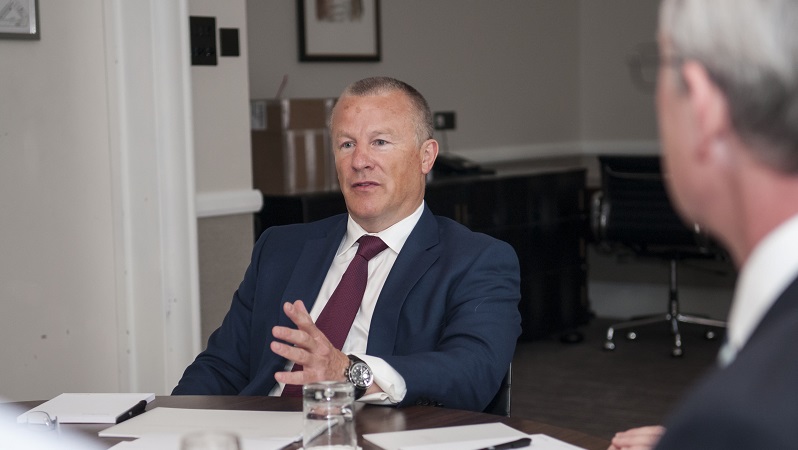A Woodford Equity Income interim report has highlighted a number of FTSE 100 and FTSE 250 stocks the manager has added to, but it does not shine a spotlight on the less liquid companies the manager has also bought this year.
Taylor Wimpey followed by the controversial purchase of Woodford Patient Capital Trust shares are the largest purchases Neil Woodford made in his fund in the period between the start of the year and 30 June, according to a table featured in the fund’s interim report.
British American Tobacco, BT Group and International Consolidated Airlines also feature.
In a note accompanying the interim report, published on Friday, Woodford said investors can expect a much more liquid portfolio when Equity Income reopens, which is scheduled to take place in December.
“It will continue to be focused on undervalued companies, but the majority of them will be FTSE 100 and FTSE 250 index constituents,” he said.
He has been pledging to turn around the liquidity profile of the fund since before its June suspension.
WEIF purchases in illiquid companies
Proton Partners and Burford Capital are the only companies to feature in Woodford’s list of the top-10 largest purchases over the six-month period that are not FTSE 100 or FTSE 250 constituents. Proton Partners is listed on the Nex exchange, while Burford Capital is Aim listed, although it is one of the largest companies listed on the small-cap index.
In June, a pre-existing funding commitment to Proton Partners meant Woodford had to stump up £25m for the cancer treatment company, although at the time the company would not disclose which funds were involved in the funding.
The Woodford interim report shows £18m came from the Equity Income fund.
Around the same time, Woodford also committed $10m to Evofem. Because the commitment is not large enough to make it into the report’s disclosure of largest purchases, it is not possible to determine the extent to which Equity Income funds supported the Evofem fundraise.
AJ Bell head of active portfolios Ryan Hughes said the pre-existing funding commitments highlight one of the problems with open-ended funds investing in early-stage companies.
“If he doesn’t fulfil those funding commitments that could do long-term damage to the to the underlying holding. So you do feel like you have to follow those through, albeit in the short term it might actually exacerbate that liquidity problem.”
In May, weeks before the fund suspended, he initiated a 14.67% stake in Induction Health at IPO.
Largest sales within troubled portfolio
Barratt Developments and Newriver Reit are among the 10 largest sales from the Equity Income fund over the six-month period.
Hughes said the largest purchases and sales highlight the challenges Woodford has faced in repositioning the portfolio. “He was having to sell a couple of days very large, very liquid holdings to fund redemptions. They weren’t able to sell those illiquid positions, which I guess we knew, but it’s the first time we’ve seen it laid out on paper.”
However, Hughes said the report only covers the period to the end of June and it would be much more interesting to see how Woodford has been repositioning the portfolio in the period since.
Woodford blames momentum driven markets
In the investment manager’s note, Woodford blamed momentum-driven markets for his “disappointingly negative return” during the reporting period.
“It is the anti-thesis of our fundamentally-anchored investment approach which will, as a result, tend to under-perform in such conditions,” he said.
“Lack of exposure to basic materials, oil & gas, consumer goods and large financial groups such as HSBC, “explains a significant proportion of the fund’s under-performance”, he added.
Willis Owen head of personal investing Adrian Lowcock said while Woodford has never been a momentum investor, his current portfolio blurs the lines between value and growth. “Woodford has, I believe, stretched the definition of value investing with many holdings better defined as growth. These include many healthcare and biotech companies, along with his exposure to UK housebuilders.”
Hughes agreed the portfolio did not look like a “classical value fund”. “If you were a value investor, who wanted exposure to a value fund, it wouldn’t be the first place to look.”







